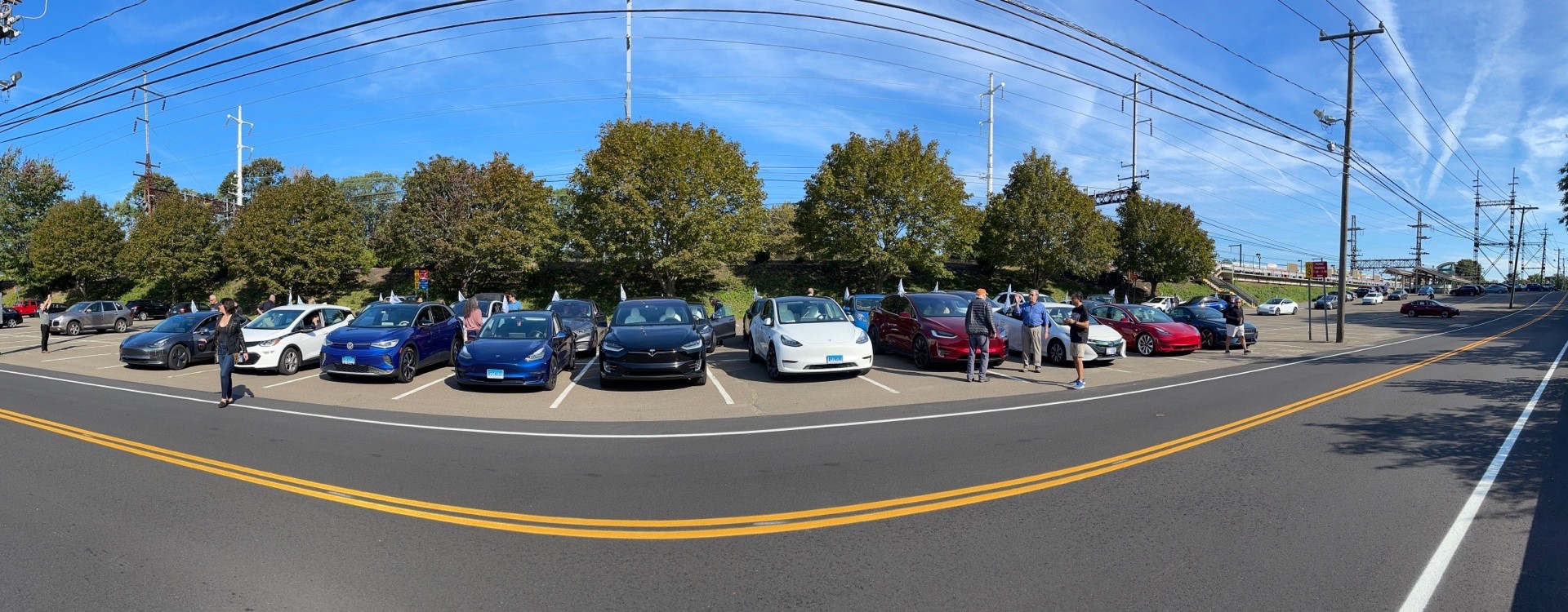Inflation Reduction Act Incentives Officially Begin – But Which Cars Qualify?
It is anticipated that consumer confusion will ensue with the advent of the new incentives. Not only have they become a lot more complicated, but many manufacturers have yet to finish the registration process that certifies vehicles. Also, the IRS, which was handed the Herculean task of crafting all of the implementation rule-making in the span of about 4 months, unsurprisingly, is not yet finished. The Department of the Treasury has announced a 3 month delay. This most particularly affects the rules concerning batteries. The incentive provisions are, therefore, being phased in.
No More Manufacturer Cap
The manufacturer unit sales cap is now gone. That means that Tesla and General Motors are no longer excluded on that basis. Toyota, Ford, Nissan, and Hyundai/Kia had also either surpassed or were close to reaching the 200,000 unit threshold, which will now not apply to them either. (Toyota and Hyundai/Kia are presently disqualified due to final assembly not occurring in North America.)
Delay in Battery Rules Means 3 Months Without Them
The biggest challenge for the automakers will be to source the required percentage of critical minerals, either domestically or from countries with whom we have a free trade agreement. A somewhat lesser challenge will be to have battery assembly located in North America. But for this 3-month window before the rules are complete, they simply don’t apply. This is, in effect, Treasury’s “Buy Now” sale! Incentives for most BEVs will almost certainly decline when the new provisions get implemented as this degree of supply-chain reorganization will take some time, but for now, enjoy the full $7500 incentive. Note: The buyer must be in possession of the vehicle prior to the implementation of the new battery rules to take advantage of the full incentive if the new rules would cause the vehicle to lose all or some of it.
Absent the new battery rules, PHEVs are subject to the battery pack size rules that existed before the IRA. When the new rules kick in, PHEVs will be eligible for the same incentives as BEVs.
Which Cars Are Eligible?
Good question, and not exactly straightforward. This is the page on the IRS website that lists the manufacturers and specific vehicles. A number of manufacturers, namely Kia, Mazda, Mercedes, and Subaru are listed as having entered into an agreement to become a “qualified manufacturer,” but have not submitted specific vehicles. Other manufacturers are missing from the page altogether. Specific vehicle models are listed for Audi, Ford, GM, Nissan, Rivian, Stellantis, Tesla, Volkswagen, and Volvo. For the vehicle models that are listed, eligibility is not guaranteed (see MSRP cap below). The IRS advises this page will be updated on an ongoing basis.
MSRP Cap
Treasury is defining MSRP as the manufacturer’s suggested retail price, including options, accessories, and trim (but not destination charges). This may be different than what you pay for the vehicle. For example, if a dealer either discounts or surcharges the price, it is still the price as suggested by the manufacturer that rules.
How a vehicle is classified with respect to body type determines which MSRP cap applies. Vans, SUVs, and pickups have an $80,000 cap. All other vehicles have a $55,000 cap. And it looks like the IRS is being persnickety about this classification insofar as crossovers, which in the marketplace are direct competitors to SUVs, are not classified as SUVs and are subject to the lower cap. Some examples are the Ford Mustang Mach-E, the 5-seat version of the Tesla Model Y (the 7-seat version is classified as an SUV), all of the non-AWD versions of the VW ID.4. It doesn’t make a lot of sense to me either. Unfortunately, we foresaw this problem and included it as part of our comments to the IRS. It is a sneaky thing that ends up overweighting the incentives toward PHEVs.
Just because a vehicle is listed on the IRS web page does not mean that there is a trim level that falls under the cap. The cheapest Tesla Model Y, for example, is $65,990 (long range, non-performance, 5-seat configuration), obviously more than the $55,000 cap.
Other rules
Personal income rules are in effect – $300K for joint filers, $225K for head of house, $150K for a single filer. You can use current (purchase) year or prior year income to make this determination.
The incentive is in the form of a tax credit for when you file your 2023 taxes. The transfer option doesn’t take effect until 2024. Yes, you can use a tax credit if you use the standard deduction. The credit is good insofar as you have the tax liability to burn it off. To the extent the credit isn’t used, it goes away – no carry forward. Leasing the vehicle is a way to utilize the credit if you don’t have the tax liability.
The used EV incentive is now in effect.
North American final assembly rules have been in effect since the legislation was signed by President Biden on August 16th. The Department of Energy has a VIN decoder on this page, which you can use to make sure. Unfortunately, a VIN is not available until late in the sales cycle if you custom order, though it is available for a car on the lot.
The seller is required to send to the IRS the vehicle VIN and the purchaser’s tax ID. The purchaser is required to include the VIN when filing for the credit.
For a more complete description of how the new incentives work, please see our incentives page.
Note: All incentive advice is to the best of our knowledge and cannot be guaranteed. Also, IRS rule-making may subsequently change things.

